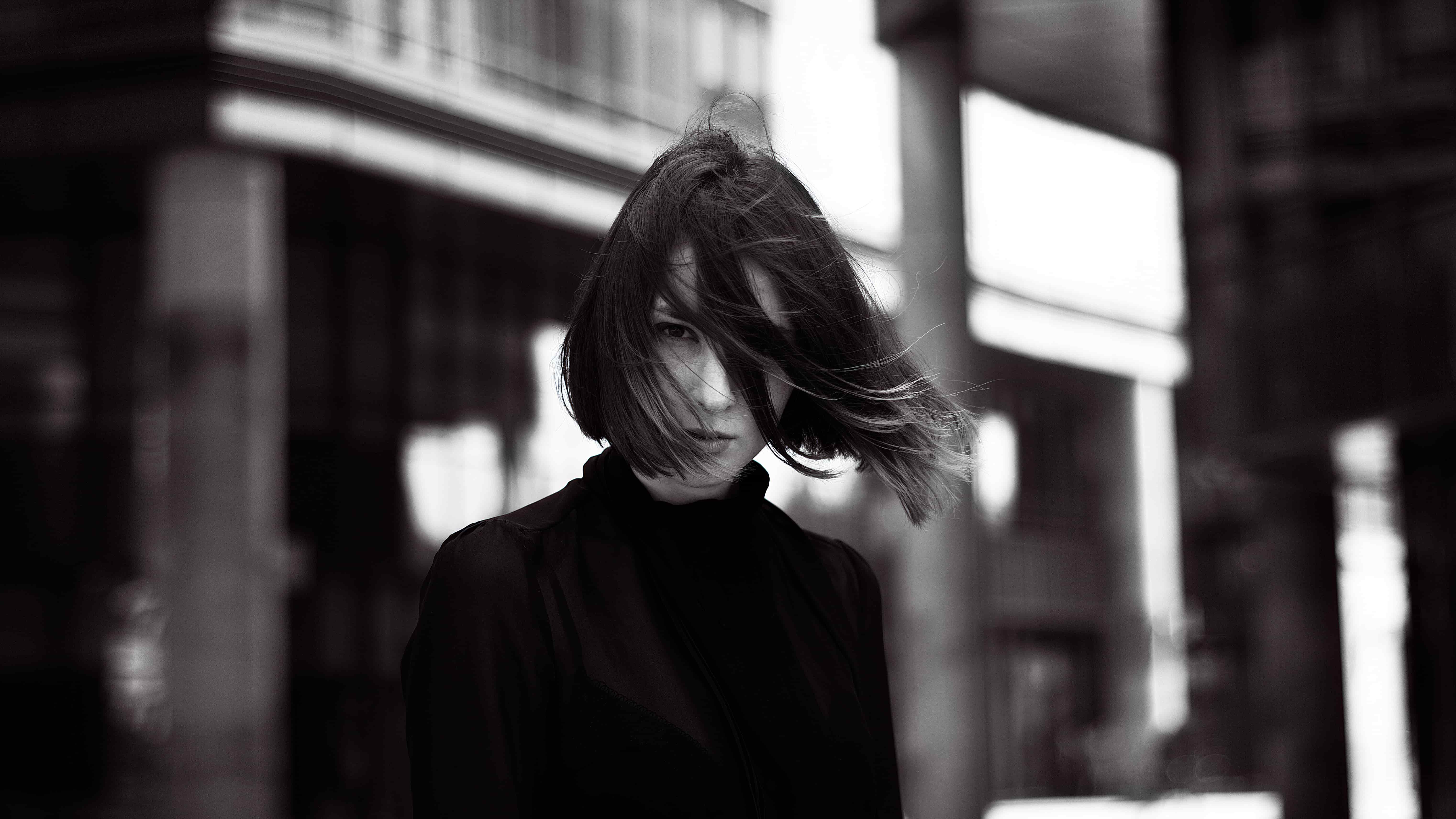Your cart is currently empty!
Guide to the Best Places to See Wildflowers in Hokkaido
As Japan’s northernmost island, Hokkaido boasts a unique cool climate and vast natural landscapes that nurture breathtaking wildflower spectacles. From lavender fields to alpine blooms, this is a paradise for flower enthusiasts.
Seasonal Highlights
Spring (April-May): Cherry blossoms, moss phlox, tulips, and daffodils mark the end of the long winter.
Summer (June-August): Lavender, sunflowers, poppies, and various alpine wildflowers reach their peak. This is Hokkaido’s most spectacular flower season.
Autumn (September-October): Cosmos flowers and autumn foliage complement each other, creating warm tones.
Winter (November-March): While most wildflowers are dormant, snowscapes offer a different natural beauty.
Top Wildflower Destinations
Farm Tomita (Furano)
Hokkaido’s most iconic flower destination, famous worldwide for its terraced lavender fields. Mid-July to early August is the best viewing period for lavender. The farm also features rainbow flower fields, including poppies, cornflowers, salvia, and marigolds, creating stripe-like rainbow landscapes. The “Irodori Field” and “Hanabito Field” are must-see attractions.
Shikisai no Oka (Biei)
This 15-hectare flower farm offers panoramic views of flower fields with the Tokachi mountain range as a backdrop. From spring to autumn, the farm displays striped patterns of over 30 flower varieties, including lavender, sunflowers, cosmos, and salvia. The rolling terrain creates wave-like floral effects with impressive visual impact.
Daisetsuzan National Park
Japan’s largest national park is a treasure trove of alpine wildflowers. From late June to August, high-altitude areas bloom with hundreds of alpine plant species, including:
- Ezo-kozakura (Hokkaido primrose)
- Alpine poppies
- Rock jasmine
- Kuril gentian
The Asahidake Ropeway provides easy access to alpine flower zones. Hiking trails on Mount Kurodake and Mount Akadake also offer excellent wildflower viewing opportunities.
Takinoue Shibazakura Park
One of Japan’s largest moss phlox sites, covering 10 hectares. From mid-May to early June, entire hillsides are carpeted with pink, white, and purple moss phlox. The park offers viewing platforms overlooking the breathtaking panoramic scene.
Shiretoko National Park
This UNESCO World Heritage site features pristine wildflower landscapes. Coastal areas and alpine meadows bloom with wild plants in summer, including:
- Shiretoko endemic species
- Wild lilies
- Beach silvertop
- Alpine roses
The Shiretoko Five Lakes trail and Mount Rausu hiking routes are excellent flower-viewing spots.
Hokuryu Sunflower Village
Hokkaido’s largest sunflower field, with over 1.5 million sunflowers planted across 23 hectares. From mid to late August, the golden sea of sunflowers facing the sun creates an unforgettable sight. The park includes a maze and observation tower.
Furano-Biei Hill Region
Beyond the famous farms, this region’s rural roads are lined with flower fields and wildflower meadows. The “Patchwork Road” and “Panorama Road” offer stunning pastoral scenery, including:
- Potato flower fields (white and pale purple)
- Wheat fields (golden)
- Wild lupines
- Roadside wildflowers
Hakodate Goryokaku Park
While famous for its star-shaped fortress, this location features 1,600 cherry trees that create a spectacular pink landscape in spring. Late April to early May is the best period, with evening illumination adding magical atmosphere.
Rebun Island
Known as the “Floating Island of Flowers,” this remote island hosts about 300 species of alpine and coastal plants, many endemic to the area. June to August is the best visiting period. Highlights include:
- Rebun Lady’s Slipper (rare orchid)
- Beach rose
- Alpine primrose
- Wild lilies
The Momoiwa Trail and Mount Rebun offer excellent flower-viewing hiking experiences.
Sounkyo
Located within Daisetsuzan National Park, this gorge area is famous for autumn foliage but also offers beautiful riverside wildflowers and alpine plants in summer. The area’s hot spring resorts provide a convenient base for exploring the surrounding natural beauty.
Practical Tips
Best Visiting Months:
- May: Moss phlox, cherry blossoms
- June-July: Lavender, alpine flowers
- July-August: Peak season for sunflowers, poppies, alpine plants
- September-October: Cosmos, autumn colors
Transportation:
- Rental cars are most convenient, especially for exploring Furano and Biei regions
- JR trains service major towns and some attractions
- Seasonal tourist buses operate to popular flower sites in summer
- Bicycle rentals are popular in Furano and Biei
Climate Considerations: Hokkaido’s summers are cool and pleasant (15-25°C), but weather can be variable. Bring layered clothing; windproof jackets are needed for alpine areas.
Photography: Early morning mist adds magical atmosphere to Furano and Biei regions. Afternoon light illuminates lavender fields beautifully. Avoid weekends and Japan’s Obon holiday (mid-August) to escape crowds.
Respect for Nature:
- Walk only in designated areas
- Many flower fields are on private farmland—do not enter without permission
- Alpine plants are extremely fragile—strictly follow trail regulations
- Do not pick wildflowers
Admission Fees: Most farms charge small entrance fees (300-500 yen). National parks are free to enter, but some ropeways and facilities require payment.
Hidden Gems
Biei’s Country Roads: Rent a bicycle and explore the small roads between iconic attractions. You’ll discover unspoiled flower fields, wildflower meadows, and picturesque farm landscapes.
Lake Shikaribetsu: This mountain lake is surrounded by summer wildflower meadows and vibrant autumn colors, with fewer tourists.
Cape Erimo: The wind-swept cape features hardy coastal wildflowers and unique plant communities that bloom in summer.
Uryunuma Marsh: A remote alpine wetland that blooms with water lilies and wetland plants in July; requires hiking to reach but offers spectacular scenery.
Flower Festivals
- Takinoue Shibazakura Festival: Mid-May to early June
- Furano Lavender Festival: July
- Hokuryu Sunflower Festival: Mid to late August
- Daisetsuzan Autumn Foliage Festival: September
Special Experiences
Many farms offer:
- Flower-picking experiences
- Lavender product-making workshops
- Tractor tours through flower fields
- Hot air balloon rides (Biei)
- Picnic areas in flower fields
Hokkaido’s wildflower landscapes reflect its unique subarctic climate and volcanic soils. The vast open spaces and relatively low urbanization make this region Japan’s most spectacular natural flower display. Whether you’re a professional photographer or nature enthusiast, a flower journey through Hokkaido will create memories to last a lifetime.


